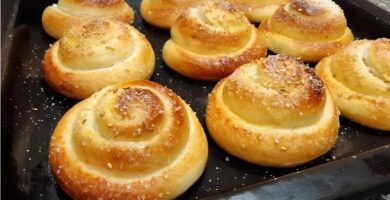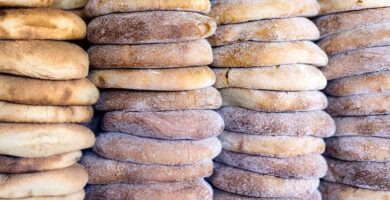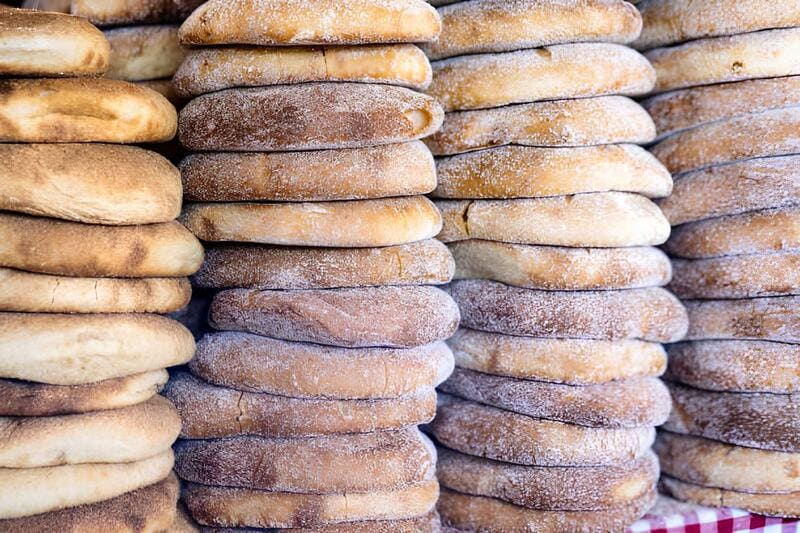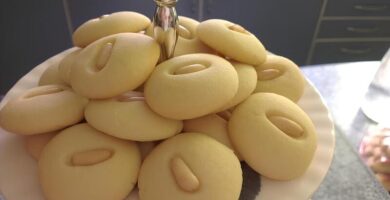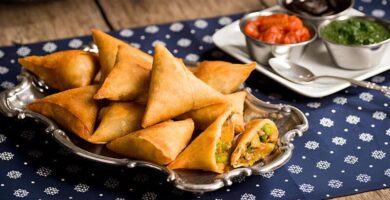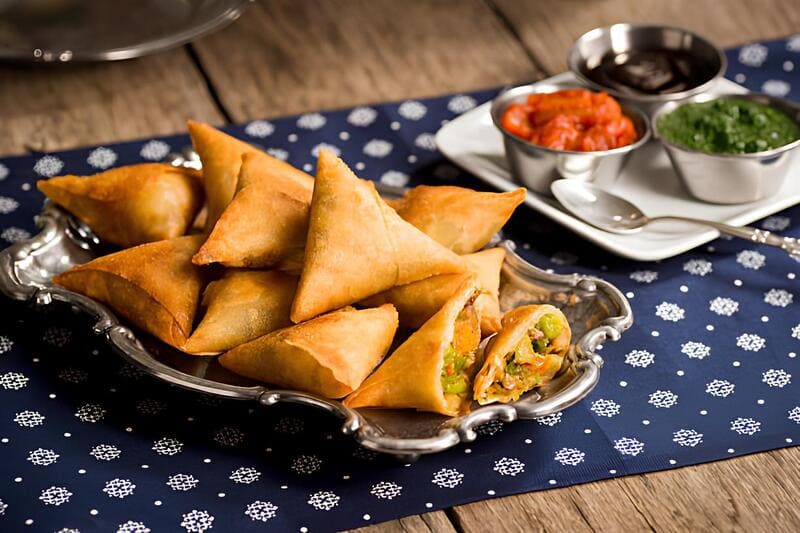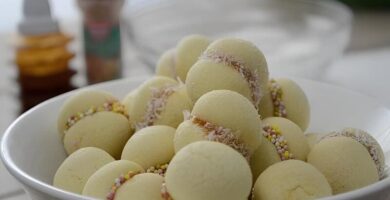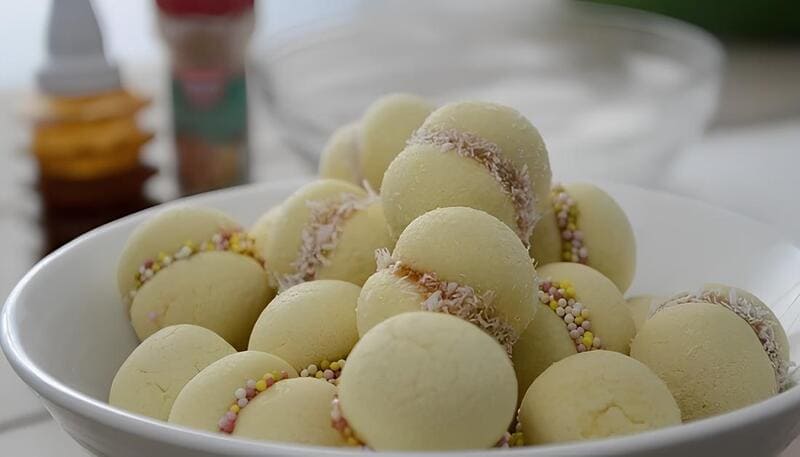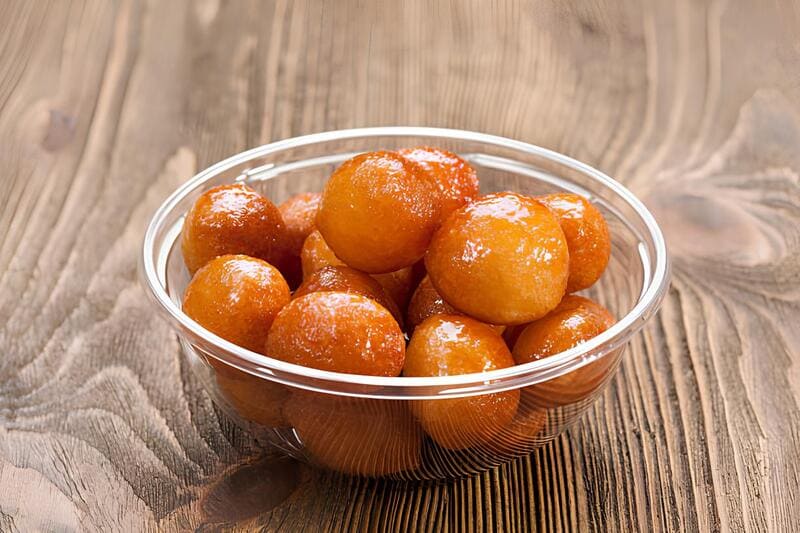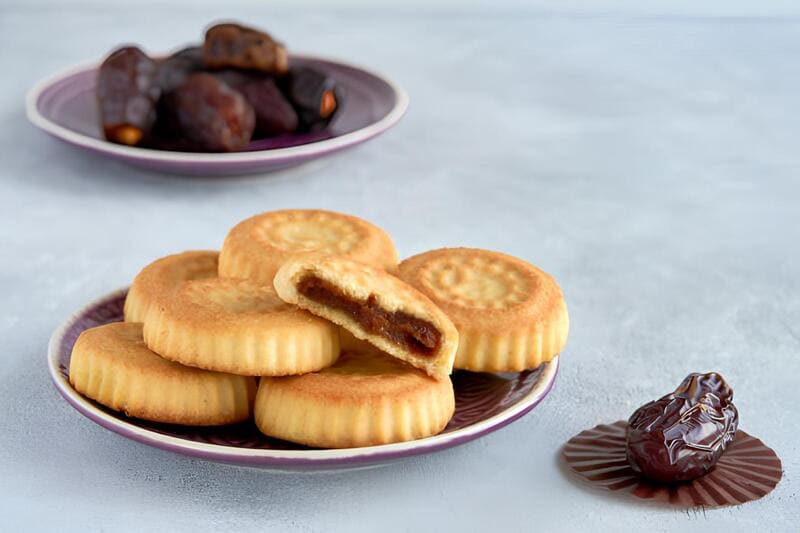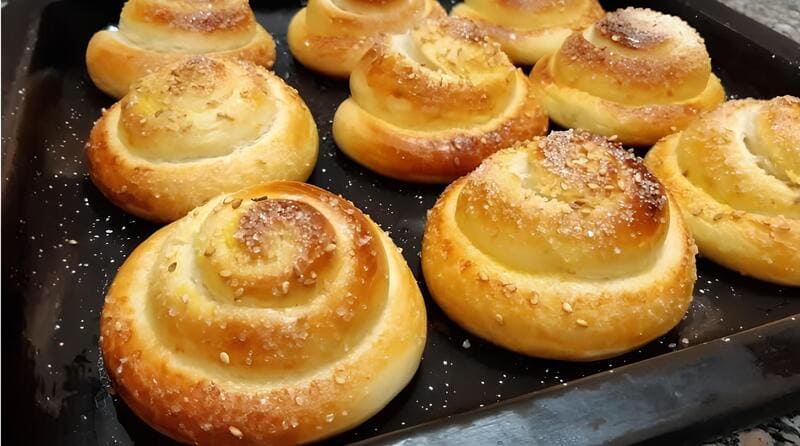
Every culture has its own unique take on yeast rolls, and Egyptian Shoreek is no exception. These sweet bread rolls offer a soft, delightful treat perfect for dinner or as a snack. Their unique flavor profile, attributed to a hint of vanilla and a sprinkle of sanding sugar, makes them stand out among traditional bread rolls.
Shoreek is a beloved treat in Egypt, often enjoyed with a cup of tea or coffee. These rolls are quick and easy to make, yet are considered some of the best homemade bread options you can serve. The combination of a soft interior with a slightly crisp exterior offers a perfect texture that everyone will love.
Ingredients
- 2 cups all-purpose flour
- 1/3 cup sugar
- 1 teaspoon baking powder
- 1 tablespoon dry yeast
- 1/8 teaspoon salt
- 1/4 cup melted butter
- 1 beaten egg
- 1/2 teaspoon vanilla
- 1 cup warm milk (use between 3/4 cup to 1 cup as needed)
- Additional flour for kneading (if necessary)
For the glaze
- 1 egg
- 1 tablespoon milk
- 1/8 teaspoon vanilla
- Sanding sugar (optional)
Preparation
- Mix together the 2 cups of all-purpose flour, 1/3 cup sugar, 1 teaspoon of baking powder, 1 tablespoon of dry yeast, and 1/8 teaspoon of salt in a bowl.
- In another bowl, mix the 1/4 cup melted butter, 1 beaten egg, and 1/2 teaspoon vanilla.
- Combine the wet ingredients with the dry ingredients.
- Gradually add the warm milk (3/4 cup to 1 cup) into the mixture, stirring lightly to form a sticky batter.
- Transfer the batter into a greased bowl, cover, and let it rise for two hours.
- After the dough has risen, sprinkle about 1 cup of flour on a surface and knead the dough lightly if the batter is too sticky.
- Divide the dough into six equal pieces.
- Roll each piece into a 12-inch-long rope, then shape each rope into a coil and tuck the end underneath.
- Place the shaped dough pieces onto a cookie sheet lined with parchment paper.
- Cover with plastic wrap and let them sit for 10 minutes.
- For the glaze, beat 1 egg with 1 tablespoon of milk and 1/8 teaspoon of vanilla. Brush it over the rolls and sprinkle with sanding sugar if desired.
- Bake in a preheated oven at 350°F and check after 12 minutes. They usually bake between 15 and 20 minutes.
- Let the bread sit for about five minutes before serving.
Did you know?
Shoreek is not just popular as a simple bread roll but also holds cultural significance in Egypt. Often enjoyed during festive occasions, this sweet bread roll is akin to comfort food for many Egyptians. The vanilla glaze that tops these rolls helps them achieve a golden-brown hue and adds a subtle, aromatic sweetness.
The use of yeast in Shoreek plays a crucial role in creating the soft, fluffy texture. Yeast fermentation produces carbon dioxide, which causes the dough to rise, giving these rolls their airy interior. Interestingly, the process of letting the dough rest for two hours allows the yeast to fully activate and helps in achieving the desired softness.
In various parts of Egypt, you might find Shoreek flavored with different spices like anise or enhanced with a touch of honey, demonstrating the versatile and adaptable nature of this traditional recipe. Whether you serve these rolls at dinner or enjoy them as a quick snack, their homemade charm is undeniable.
